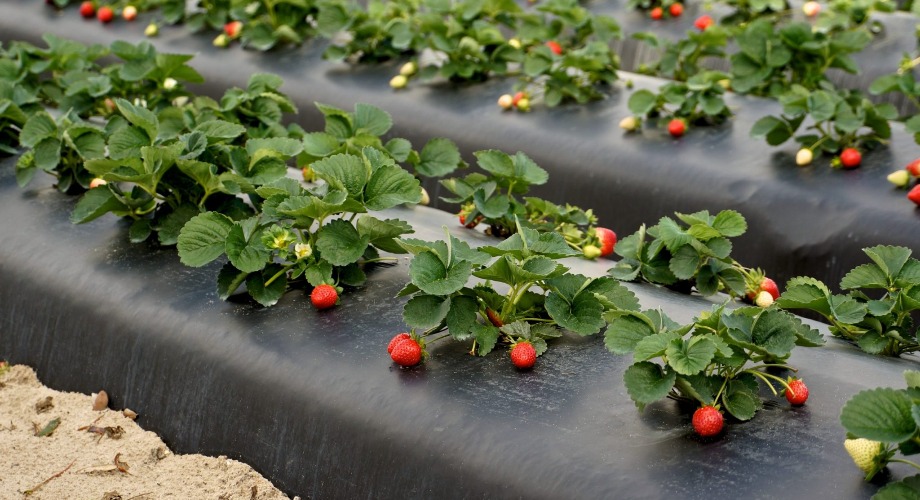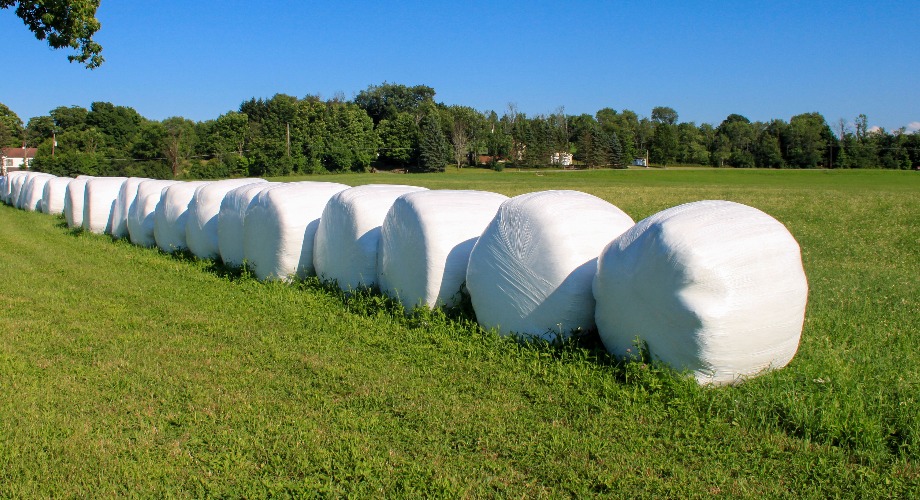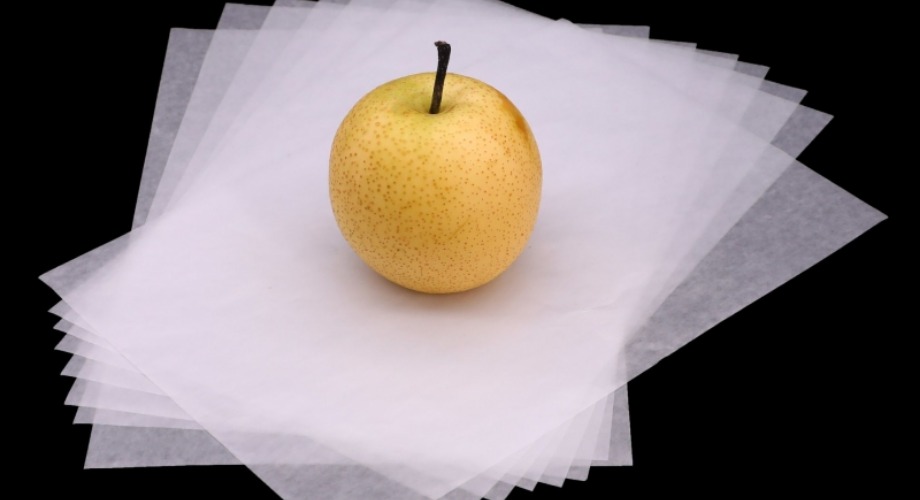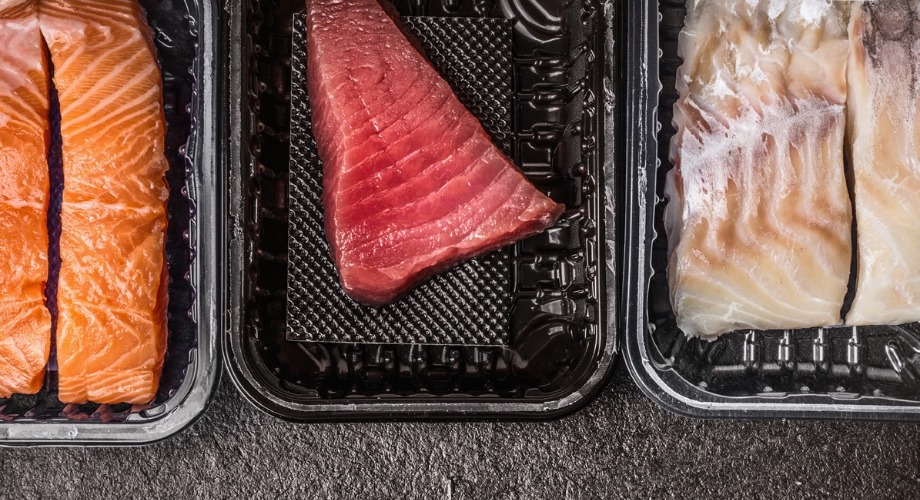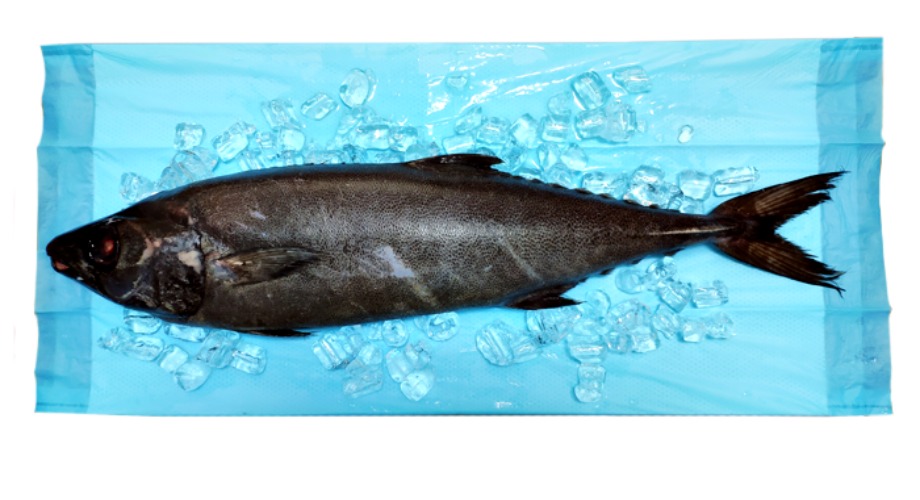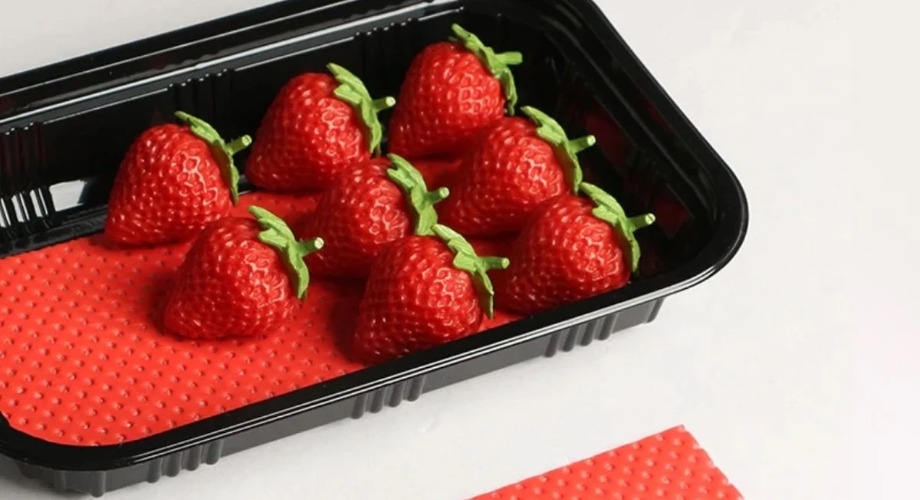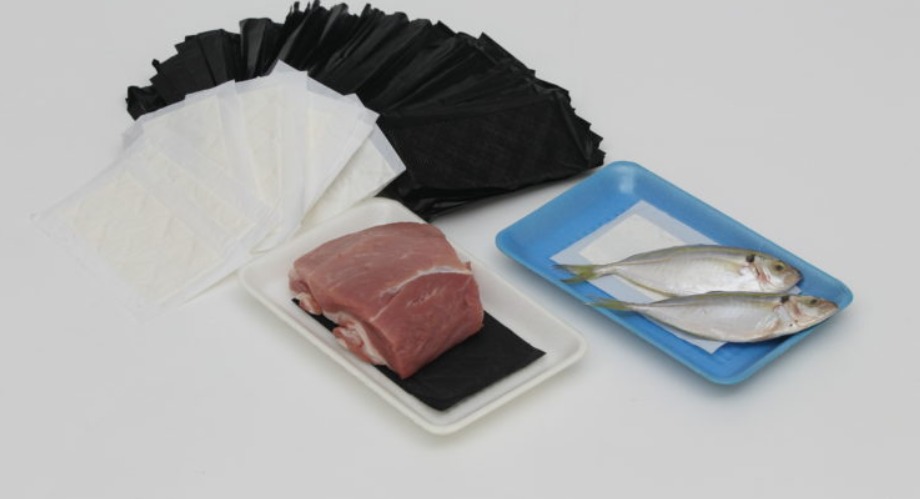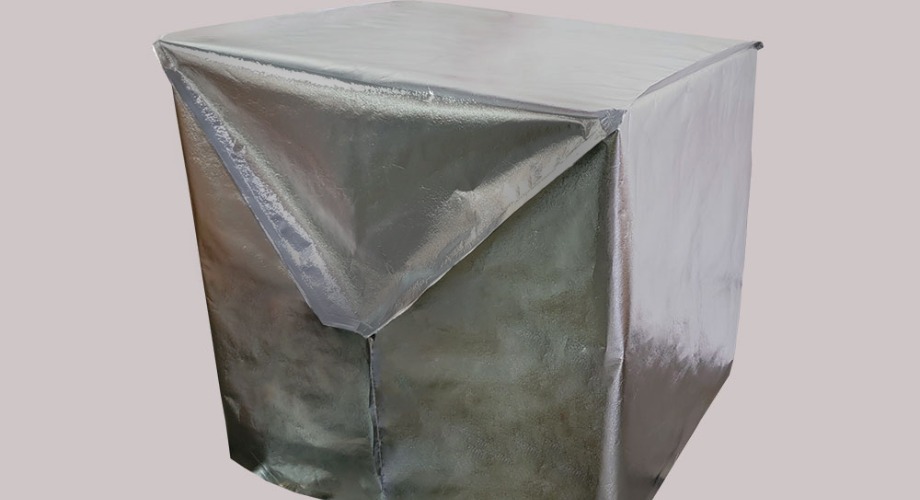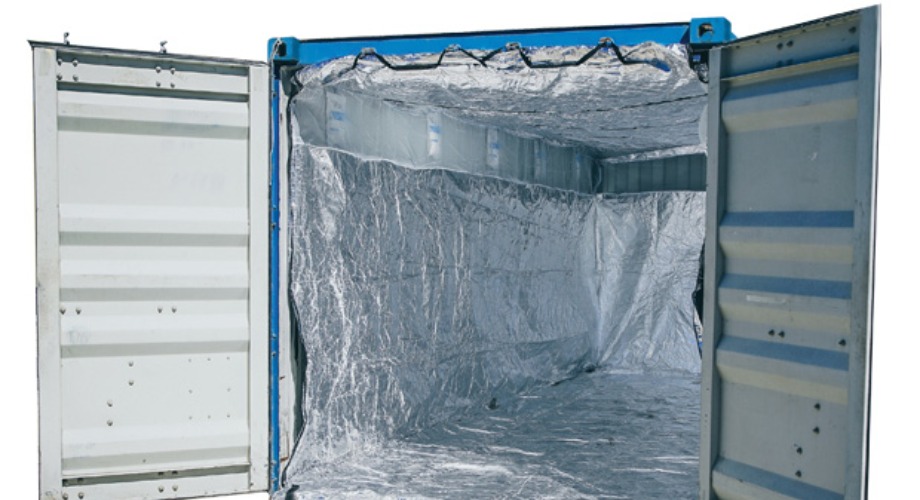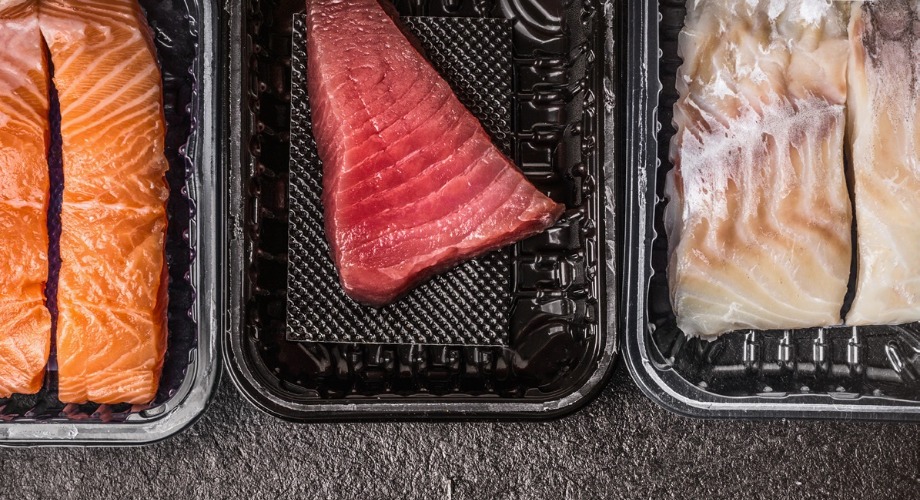Frost Blanket
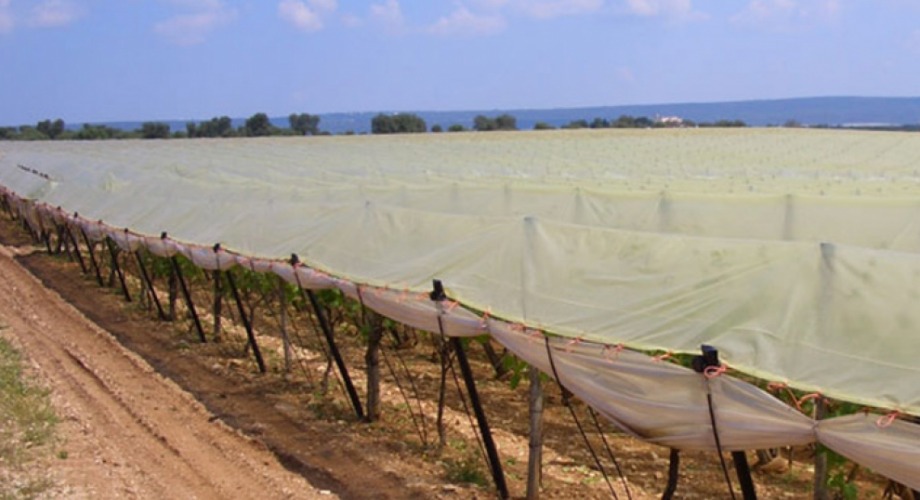
Frost Blanket
Covers form an ideal growth environment for plants (vegetables, fruit, flowers). They protect the crops against external factors such as wind and cold as well as they provide a balanced environment for the plant to develop faster. So it gives the opportunity to make several harvests per year. The agricultural covers can give the resistance to sun, light and temperature control, ability to not to moisture, prevention of fogging and it can also provide features such as resistance to sulfur and chlorine chemicals up to 60 months thanks to the new generation of co-extrusion technology and appropriate production recipes.
Agricultural covers qualities like sun withstand periods, thickness and other optional additives can be determined depending on the area and purpose that are intended to be used (flowers, vegetables, fruit, classical agriculture, hydroponics, geothermal use, ).
We produce covers that would last 3 ,9 ,12 ,24 ,36 and 60 months depending on the amount of working life they have against the sun.
The characteristics that are described as additives can be optionally added to the product during manufacture.
Thermal
It helps to cool the greenhouse more slowly at night since it warms up with the effect of the sun. To minimize the heat loss, it protects the product against sudden temperature drop. The reduction of the temperature difference between day and night increases the plant`s efficiency.
The temperature advantage and heating between the degrees of + 1 ° C to + 5 ° C make fuel savings in the greenhouse.
The contribution of EVA ensures thermal properties being more effective. We use EVA contribution in the Thermal (IR) containing greenhouse film covers.
Cooler effect
There are greenhouses that need cooler environments inside than the outside, such as the places that get strong sunlight, hot weather and have shade-loving plants inside.
The cooling effect is used by reflecting sunlight feature, absorbing and breaking barriers by enabling the rise of temperature in the greenhouse during the day.
The greenhouses with cooling effect feature get warmer more slowly in the morning than the greenhouses that do not have the cooling effect.
Light Diffuser
It makes the light that comes from the sun to break when it is going under the cover and then to spread. In this way, it prevents plants to shade each other. It also prevents plants to get burned from the sun when the weather is sunny and clear. It would be beneficial for the plant and fruit development as well.
Chemical Resistance
Agricultural chemicals are often used to prevent the diseases within crops, spread of pests and to protect the crops against any invasion. These chemicals may include active halogen such as sulfur and chlorine.
If sulfur and chlorine react with the UV stabilizer in the polymer film, it can lead to deterioration.
The additives of chemical-resistant make agricultural plastic sulfur and chlorine stronger.
Refer to the user manual section for the limits of chemical resistance contributions.
Anti-virus
It helps to prevent the spread of the virus by blocking the eyesight of whitefly in the greenhouse, thanks to its special optical structure. It increases efficiency and provides quality crops and minimizes the drug use.
Anti-fog
It holds on the inner surface of the agricultural cover as water drops because there would be sweating occurring in the soil and on the plant due to the temperature difference between the outside and the inside of the cover. The water droplets from the surface prevent the sunlight to enter into the greenhouse. The partial sunlight that can enter into the greenhouse would burn the crops and cause diseases since the water droplets can act like lens features. The Anti-Fog-Anti-drip contribution prevents the adhesion of water in large droplets to the inner surface of the film in the greenhouse. This feature is only on one side of the film, thus one should carefully follow the directions on the film to make sure it is on the correct side. The water drops that could not attach on the surface create fog in the greenhouse. This must be evacuated out of the greenhouse. This can be done with the help of natural ventilation, or fans. If the foggy weather stays longer in the greenhouse, it can lead to the diseases on the crops or the fruits.
